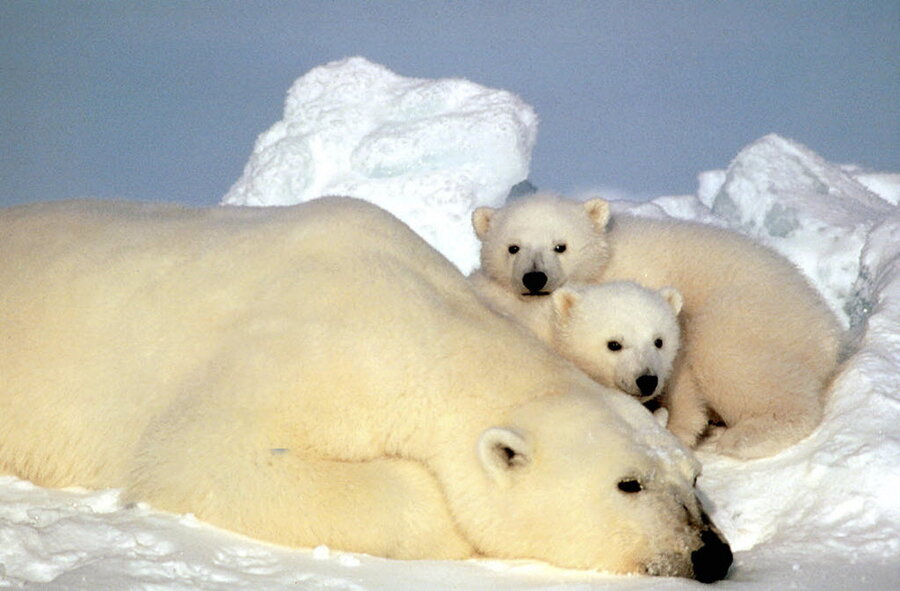Climate change in the classroom: Why teachers are not making the grade
Loading...
A new study reveals that some inaccuracies about climate change are perpetuated in school classrooms.
Despite wide-ranging consensus among scientists over the threat of anthropogenic climate change, a relatively small number of Americans see it as a threat. As noted in a new study on climate change education, only about half of US adults believe human actions are responsible for climate change, the lowest percentage among samples of 20 different nations.
The study – conducted by Eric Plutzer from Pennsylvania State University and collaborators from Wright State University and the National Center for Science Education – examined the link between the contentious societal debate surrounding climate change and how it affects science education. Unlike previous studies, it sought to analyze not just whether climate change was covered in the classroom, but also how and how long. The findings suggest climate change education in the classroom is lacking.
“Whereas most US science teachers include climate science in their courses, their insufficient grasp of the science may hinder effective teaching," the study states.
Most Americans who go through middle school and high school will receive some education about climate change in a science class, according to the study. Three out of four teachers dedicate at least an hour to teaching the subject. The time dedicated to teach it and the quality of instruction, however, may be insufficient.
The median time allotted to teach climate change is only one to two hours per school year. Thirty percent of teachers emphasized to students that the cause of climate change was natural and 31 percent reported teaching information supporting both possibilities, according to the study.
But are subpar teachers to blame for the muddled understanding of climate change in the American public?
“Definitely not,” Minda Berbeco, program and policy director at the National Center for Science Education and one of the authors of the study, tells The Christian Science Monitor. “The purpose of our study was to look at how what was happening in the public sphere – in regard to climate change being contentious – trickles down into classrooms.”
“I see this study as one piece of the puzzle,” she added.
The study provided three possible reasons behind the mixed messages occurring in the classroom.
Teachers may present conflicting information about climate change in an attempt to teach both climate change science and its criticisms due to pressure from parents or school administrators. In the current study, only 4.4 percent of teachers reported feeling overt pressure, but in previous studies, the percentage reached as high as 15 percent.
Teachers may also prioritize other areas of study over climate change. Half of respondents said they would prioritize other topics over teaching about the causes behind global warming.
Lastly, the study reported that many science educators may be unaware of the how many scientists agree with the conclusion that climate change is man-made. Of polled high-school teachers, less than half knew that between 81 and 100 percent of scientists believe climate change is caused by human action.
When it comes to improving, the study showed that teachers were willing. Two thirds of teachers said they would be interested in continued education specifically about climate change, which could help clarify what is scientifically uncertain and what aspects of climate change have been accepted by the scientific community.
Dr. Berbeco tells the Monitor that teachers needed more than just continued education to improve climate change studies. The major obstacle in most cases was a lack of support:
"In terms of what teachers really need," she said, "they need support from their administrations to go to conferences and time off to get training. They also need more community support, so they know the community supports them in teaching accurate science."






